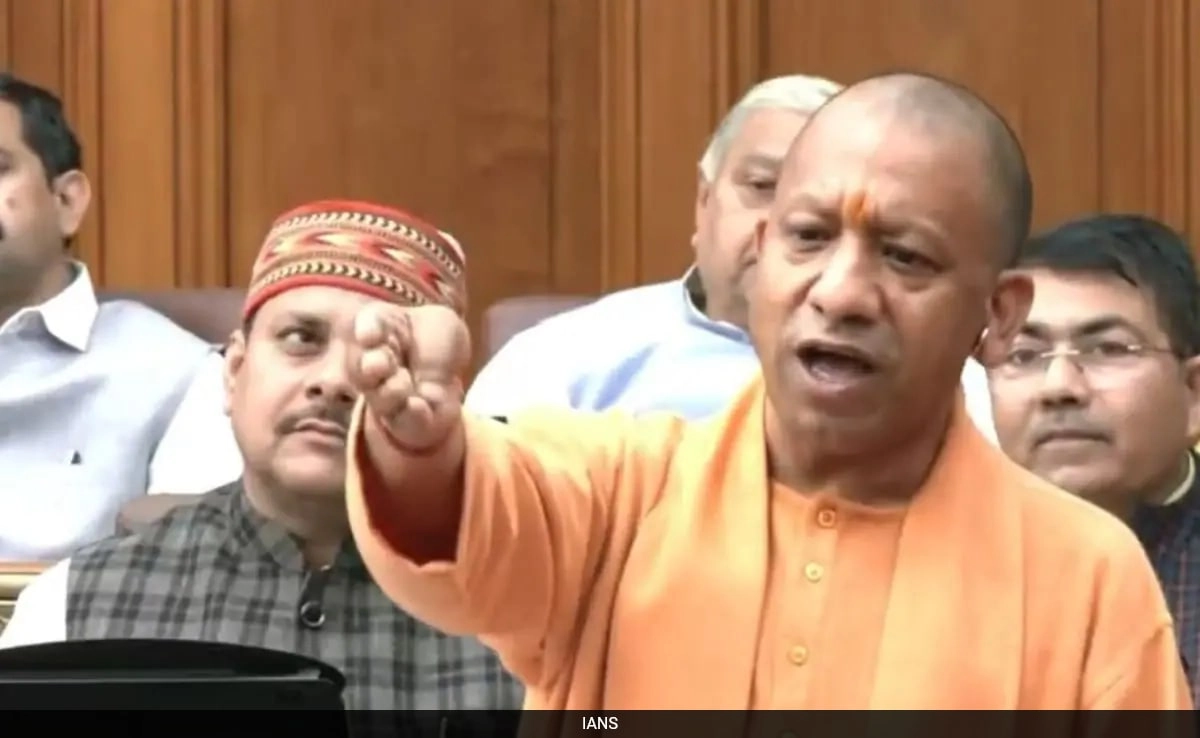Mumbai’s Jal Vayu Vihar, a prominent residential complex, was one of the intended targets during the 26/11 terror attacks that shook India in 2008. This event marked a significant moment in the history of terrorism in the country, as it highlighted the vulnerabilities of urban centers to coordinated attacks by well-planned militant groups. The attacks, which resulted in the loss of numerous lives and widespread panic, were orchestrated by the Pakistan-based terrorist organization Lashkar-e-Taiba. Investigations into the attacks revealed that Jal Vayu Vihar was earmarked for an assault, reflecting the attackers’ intent to strike high-profile and densely populated locations to maximize chaos and devastation.
Central to the planning of these attacks was Tahawwur Rana, a Pakistani national with connections to various extremist factions. Rana’s involvement underscores the intricate network that facilitated the execution of the attacks. He was not directly implicated in the attacks themselves but played a crucial role in providing logistical support and facilitating the movements of the attackers. His connections with the terrorist outfit and knowledge of the operational aspects of the plot were instrumental in the planning stages. Rana’s background as an immigration consultant in the United States allowed him to navigate borders and provide critical resources that the attackers needed to carry out their mission.
The revelations about Jal Vayu Vihar and Rana’s involvement shed light on the broader implications of international terrorism and its ability to infiltrate urban spaces. The targeted nature of the attack on such a residential area signifies a strategic choice by the militant group to instill fear among the civilian population. This tactic not only aimed to extract immediate terror but also sought to disrupt the social fabric and economic stability of the region. The aftermath of the attacks prompted significant changes in India’s counter-terrorism policies and urban security measures, as authorities recognized the need to protect vulnerable areas from similar threats in the future.
In conclusion, the planned attack on Jal Vayu Vihar exemplifies the chilling reality of modern terrorism, where even the most unsuspecting locations can become targets of violence. Tahawwur Rana’s role in this conspiracy highlights the complexities of global terrorism networks and the importance of vigilance in preventing future attacks. The legacy of 26/11 continues to influence national security strategies in India and serves as a reminder of the ongoing challenges in combating terrorism in an increasingly interconnected world.




